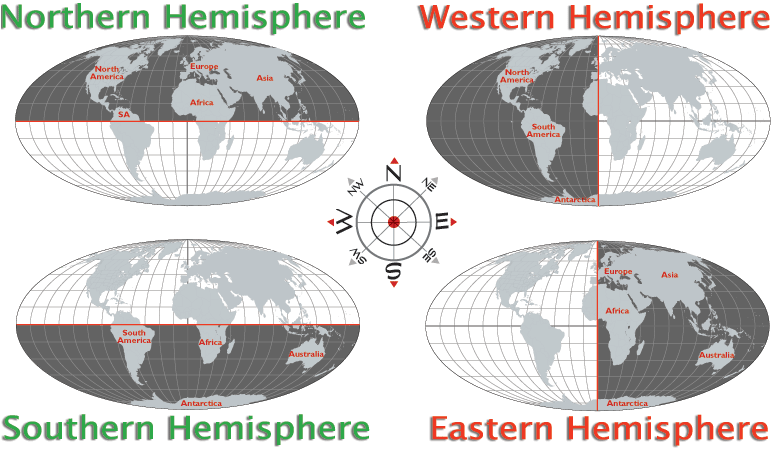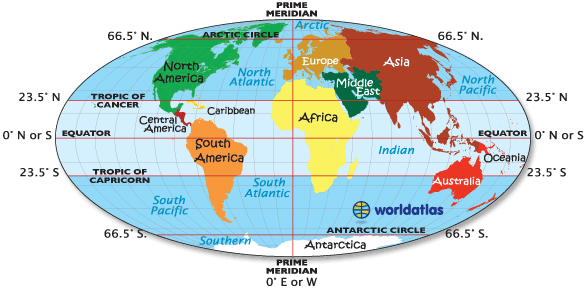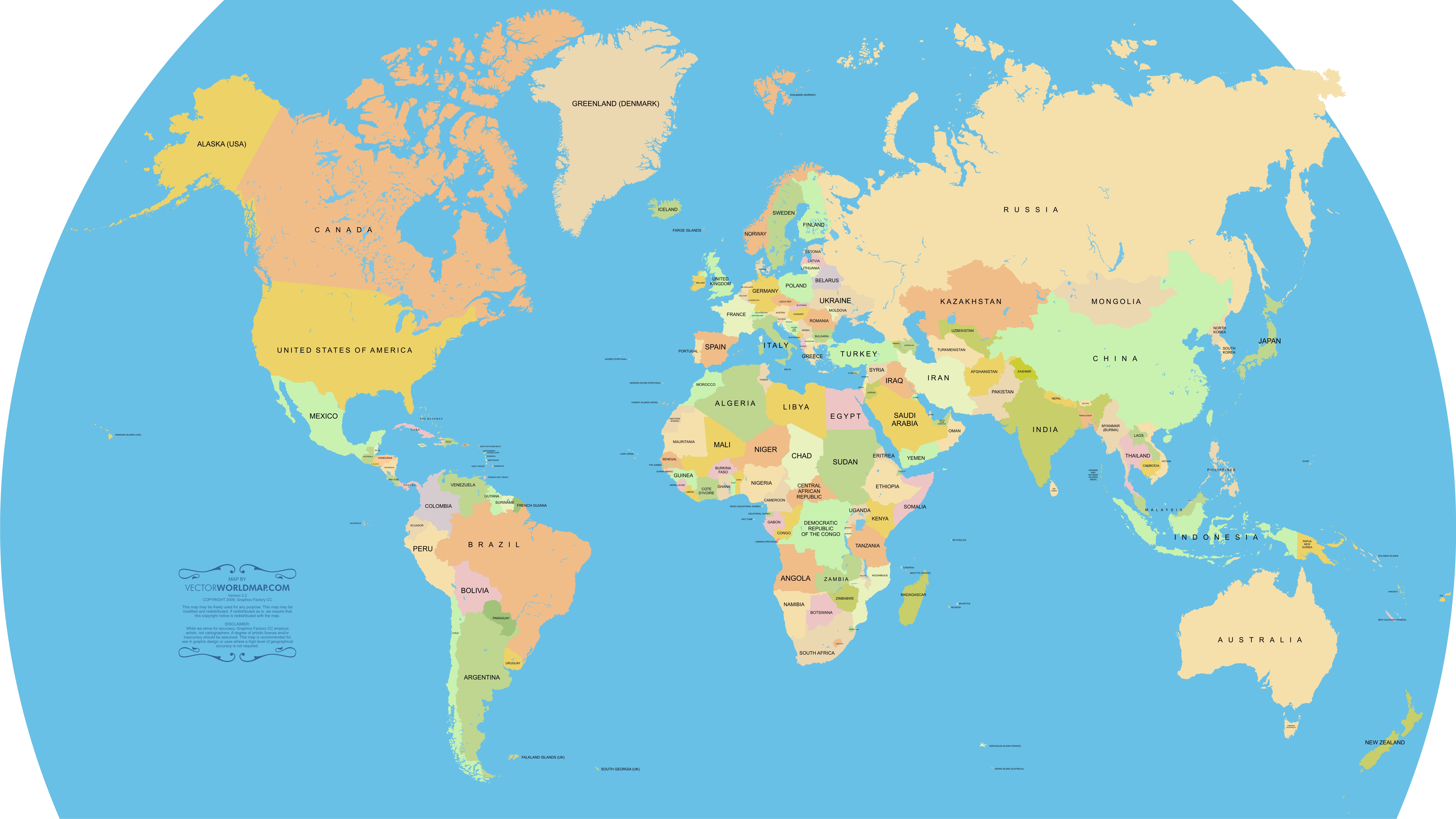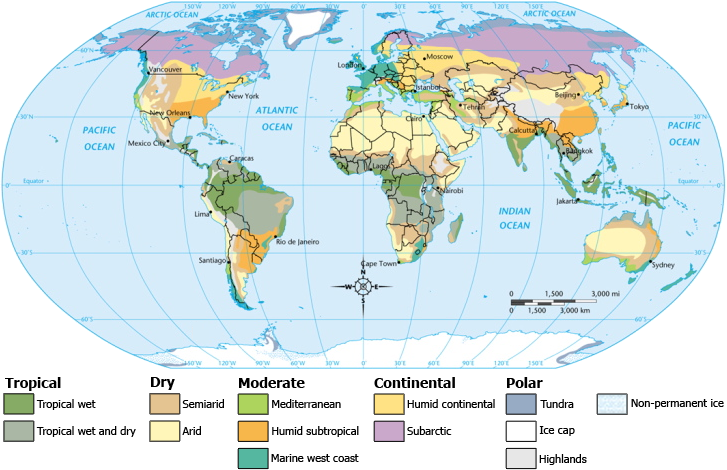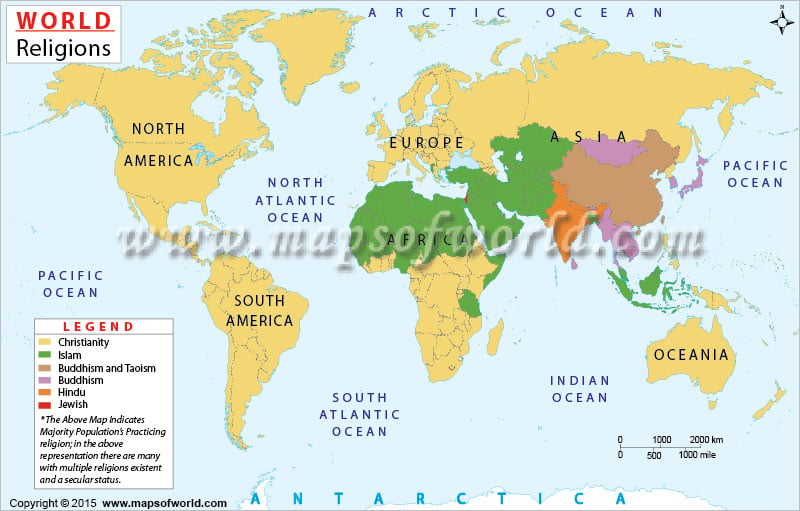The link below has an awesome interactive timeline that shows the entire history of the world in million year increments. Check it out.
http://www.bbc.co.uk/nature/history_of_the_earth
If you have ever read about something that happened long ago, then you are probably familiar with the abbreviations BC or BCE and AD or CE. Look at the time line on the previous page. Notice that Buddha was born in 563 BCE. Muhammad died in 632 CE. Both BC and BCE represent the years before the birth of Jesus. CE and AD represent the years after the life of Jesus.
AD mean the years after the birth of Jesus. The abbreviations stand for the following:
BC =
Before Christ
AD =
Anno Domini (in the year of our Lord)
BCE = Before the Common Era
CE =
Common Era
You have
probably also read of events happening, for example, in the 5th century or even
in the 5th century BCE. A century is 100 years. If people lived in the 1st
century, they lived in the first 100 years CE, or in the first 100 years after
the birth of Jesus. So, if we say something happened in the l9th century, we
mean it happened during the years 1801-1900 CE. The same rule applies to the
centuries BCE, only we count backwards from the birth of Jesus. For example,
Buddha was born in 563 BCE, which would mean he was born in the 6th century BC
Time Line
|
 |
